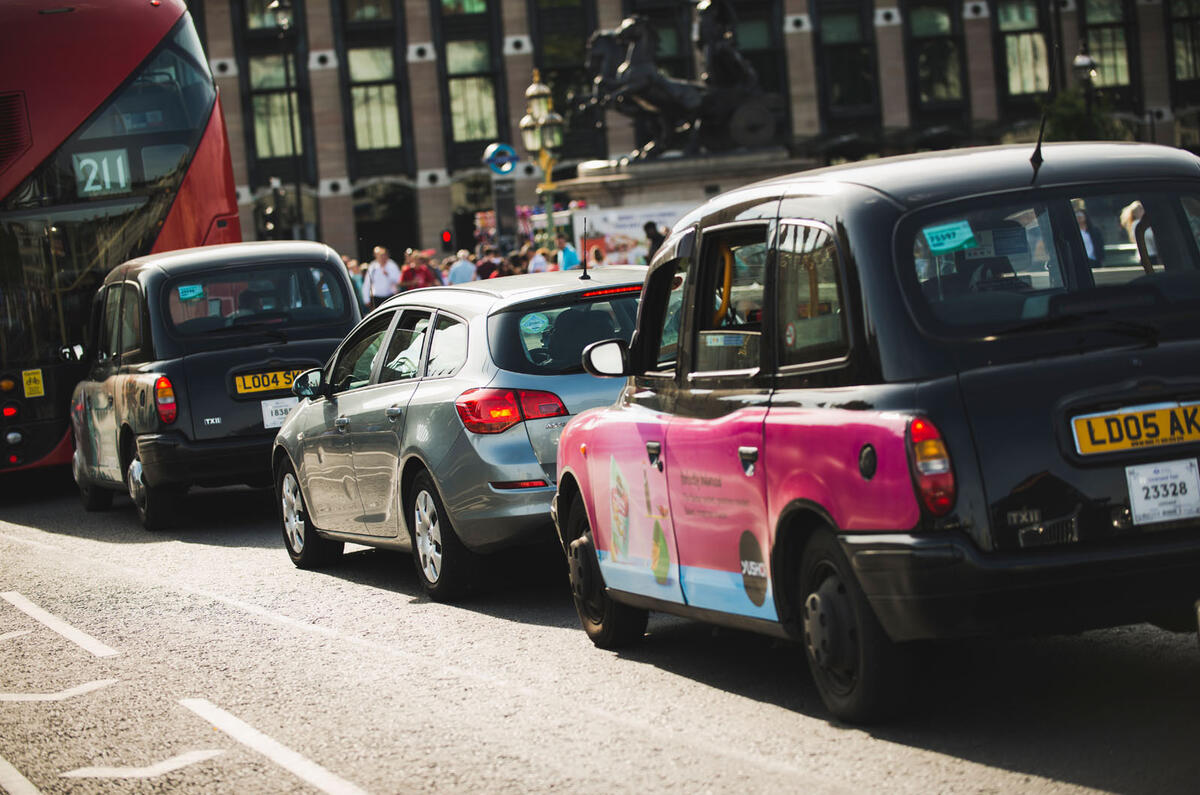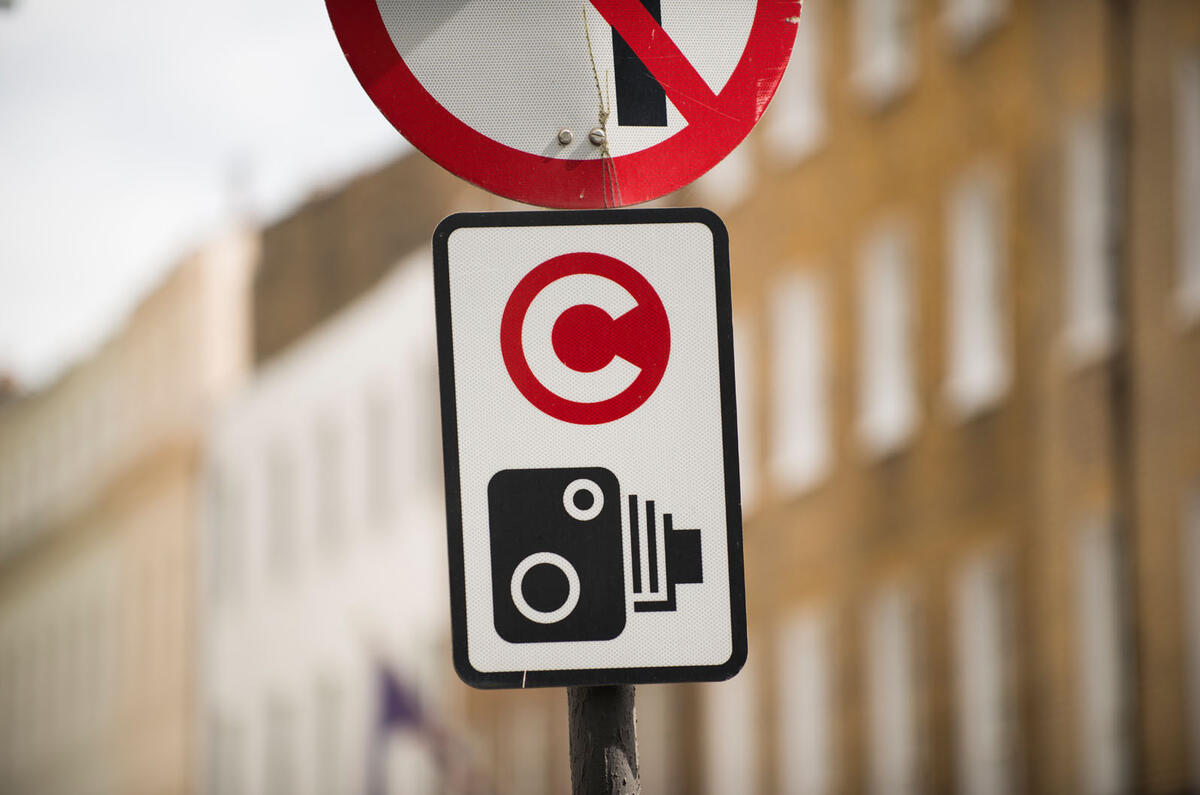The UK has an air quality problem, and the vehicles we rely on are a significant contributor. Progressively stricter ‘Euro’ standards for exhaust emissions have helped cut roadside pollution, but the sheer volume of traffic has slowed progress and levels differ across the country. So the pressure is on for faster progress.
Pollution hotspots are way behind schedule. In 2015, DEFRA found 75 local authorities in England, plus another five in Wales and Scotland, had roads with higher levels of nitrogen dioxide (NO2) than legal limits set for January 2010. Facing high-profile court cases for not protecting public health, the Government ordered areas which wouldn’t be compliant by 2021 to get their plans in order.
Autocar's company car tax calculator shows exactly what you'll pay for every make and model
Those plans are now coming to fruition, with local authorities tailoring pollution-reducing measures to their own challenges. Clean air zones, which are one potential solution, differ between cities, and keeping up with them has become a growing concern for fleets.
What is a clean air zone?
It’s a catch-all term, and it doesn’t necessarily mean paying to drive into a city. There's a national framework for clean air zones, and they can be limited to improving traffic flow or encouraging walking, cycling and public transport if that’s enough to bring pollution within legal limits.
However, some are introducing ‘charging clean air zones’, which also include fees for driving older, more polluting vehicles into certain areas. Petrol vehicles complying with the Euro 4 emissions standard (mandatory for cars from 2005) and Euro 6 diesels (mandatory for cars from 2015) are exempt, and there are four classes of zone depending on which vehicles pay to enter. Only one includes cars.
| Class A CAZ | Class B CAZ | Class C CAZ | Class D CAZ | |
|---|---|---|---|---|
| Buses and coaches | Charged | Charged | Charged | Charged |
| Heavy goods vehicles | Exempt | Charged | Charged | Charged |
| Taxis and private hire vehicles | Exempt | Exempt | Charged | Charged |
| Vans/minibuses | Exempt | Exempt | Charged | Charged |
| Cars | Exempt | Exempt | Exempt | Charged |
In short, if you’re managing or part of a car fleet, then it’s only Class D zones that you need to worry about.
Which cities have charging clean air zones for cars?
Plans stalled during the worst of the pandemic, but old problems bounced back quickly after lockdowns lifted. The Centre for Cities studied 49 urban areas in December 2020 and found that pollution had already returned to pre-Covid-19 levels, despite the ongoing economic slump. Only eight live or incoming zones affect car drivers.
| Charging enforced | Hours | Daily fee (Euro 4/6) | Daily fee (Non-Euro 4/6) | Exemptions | |
|---|---|---|---|---|---|
| London | April 2019 | 24/7 | £0 | £12.50 | None |
| Birmingham | June 2021 | 24/7 | £0 | £8 | Residents, two years |
| Oxford | February 2022 | 7am-7pm | £4 | £10 | £2 for cars <75g/km CO2, £0 for cars with 0g/km CO2 |
| Bristol | June 2022 | 24/7 | £0 | £9 | Residents, one year |
| Glasgow | June 2023 | 24/7 | £0 | £60* | Residents, one year |
| Aberdeen | June 2024 | 24/7 | £0 |
£60* |
None |
| Dundee* | May 2024 | 24/7 | £0 | £60* | None |
| Edinburgh | June 2024 | 24/7 | £0 |
£60* |
None |
*£30 if paid within 14 days
Uniquely, London has two separate schemes.
The Ultra Low Emission Zone (ULEZ) applies 24/7 and charges pre-Euro 4 petrols and pre-Euro 6 diesels £12.50 to enter. It covers the entire area within the North Circular and South Circular roads.
The Congestion Charge operates between 7am and 10pm on weekdays and 12pm and 6pm on weekends within a much smaller area of central London. All vehicles with a combustion engine – including plug-in hybrids – are charged £15 per day to enter the zone, in addition to any ULEZ fees.
What does this mean for fleets?
For now, it shouldn’t be a huge concern. Most fleets operate cars that are less than three years old, which meet the required Euro standards so will be exempt from most charging clean air zones.
However, the grey fleet is more challenging. With less attractive tax breaks in the late-2010s, HMRC estimates that the UK’s company car driver population declined from 950,000 to 720,000 in the past decade. It has pushed some towards cash allowances or using their own cars instead, which are likelier to be older and therefore non-compliant.
Commercial vehicles are a bigger potential headache. Department for Transport data suggests that only 40% of business-owned vans are less than three years old, while one in six is more than a decade old. With five additional cities (Bath, Bradford, Manchester, Newcastle and Sheffield) planning Class C zones, the recent uptick in demand for used Euro 6-compliant vans isn’t much of a surprise.
Alex Grant









Join the debate
Add your comment
What does it mean for fleets? It means ignore anything Autocar says and stop buying combustion cars. Running an electric fleet will save you thousands in terms of overall costs and you'll be future-proofed against imminent air quality changes in city centres. Autocar is simply trying to appease its advertisers (the legacy car makers) by helping them shift unwanted old stock. It's transparent and untrustworthy.